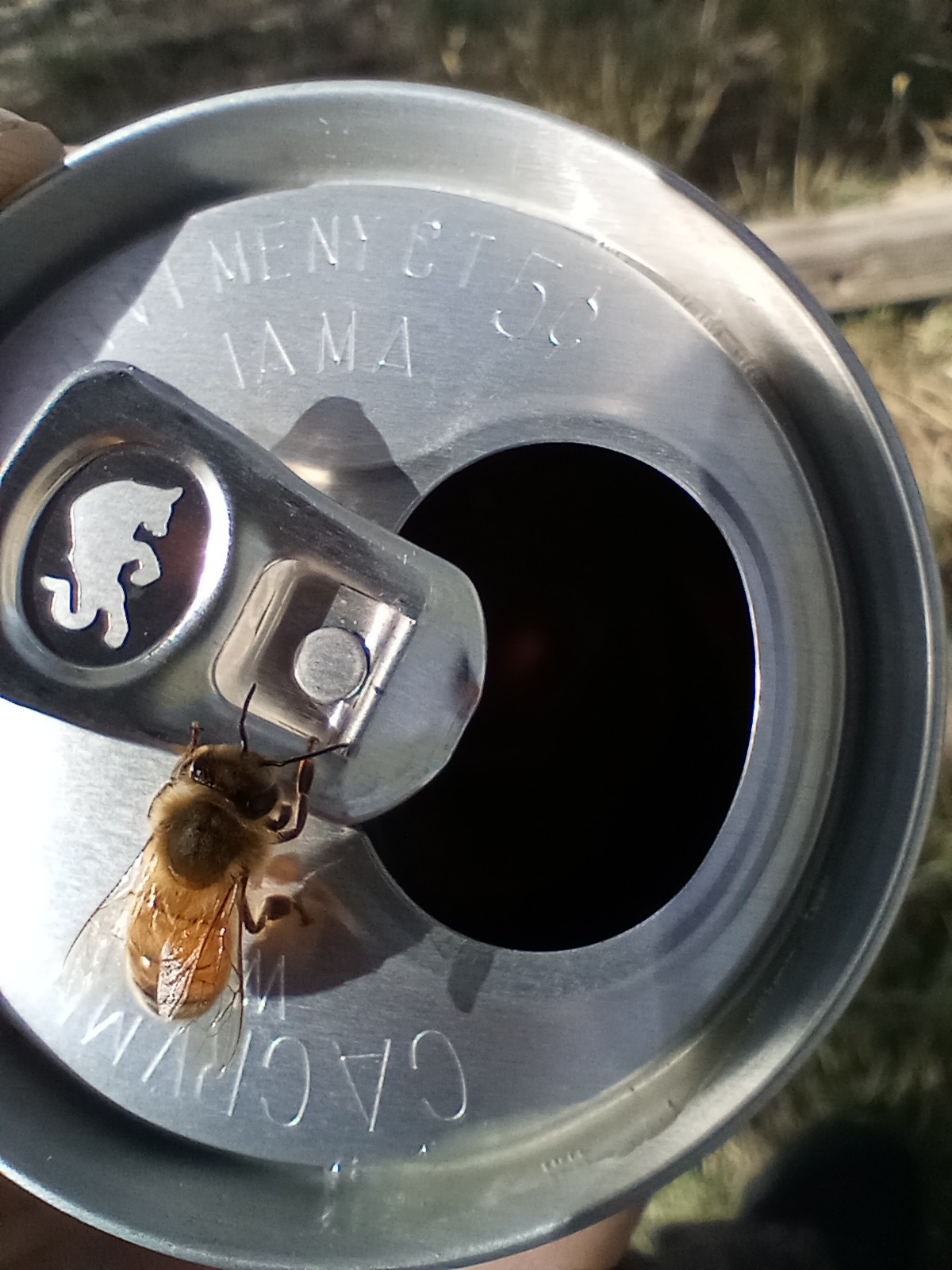Happy international coffee day? I got curious about coffee's relationship to bees and found this paper from 2020, the author of which had the same question as me!
Why is arabica coffee visited by so few non-Apis bees in its native range?
https://esajournals.onlinelibrary.wiley.com/doi/full/10.1002/ecy.3103
Coffee flowers are capable of self fertilization, but yields are improved with pollination. Honey bees (Apis mellifera) are almost the exclusive visitors (98%) of arabica coffee plantations, at least in Ethiopia, but the proportion of solitary bee visits increases in locations with shade and/or forests nearby. Not terribly surprising, since they live there and all - bees need habitat to live.
I happen to know that honey bees love caffeine - I accidentally introduced some to Red Bull a couple years ago, and they spent the entire summer harassing me for it 🙄 It was absolutely thrilling. One bee visited, got her fill, then went and told all her friends about me. Within an hour I was being swarmed. Felt like the prettiest flower in the field.


